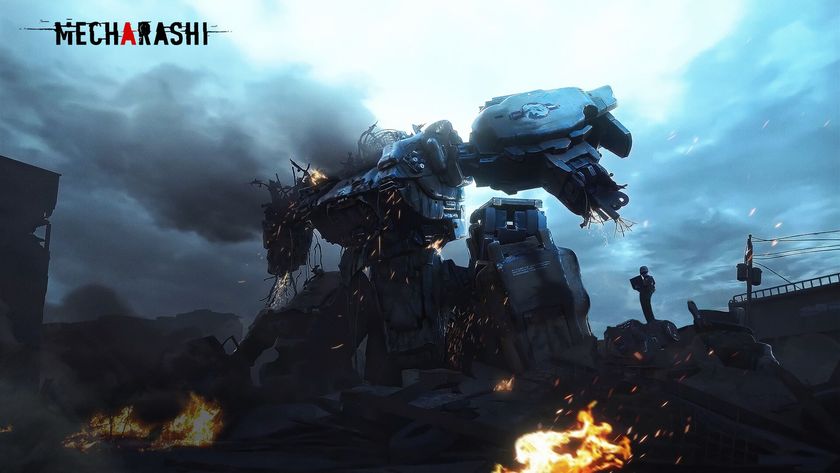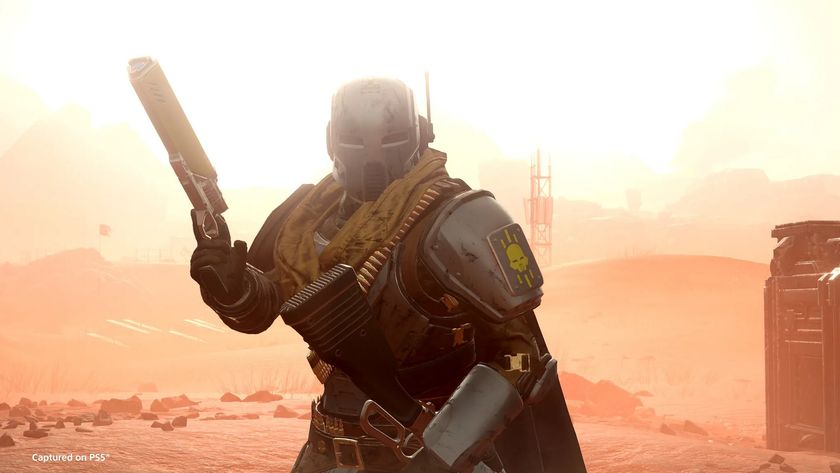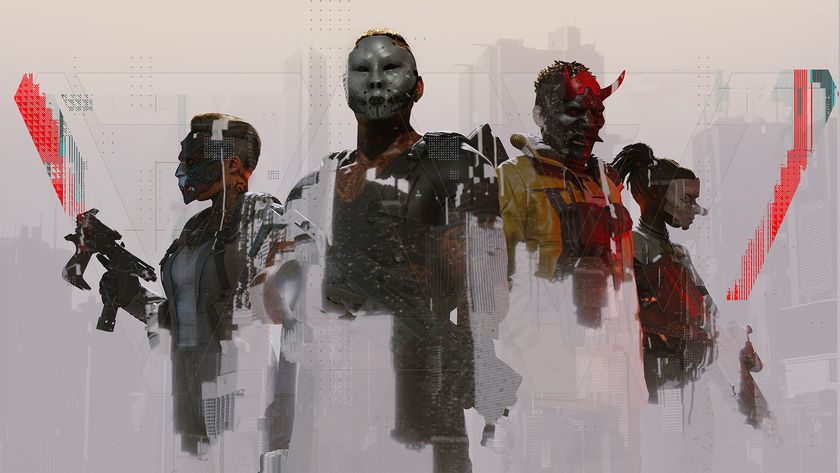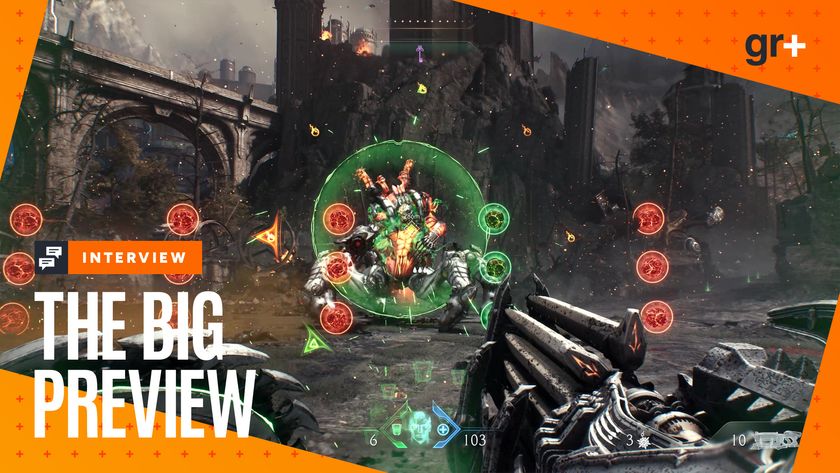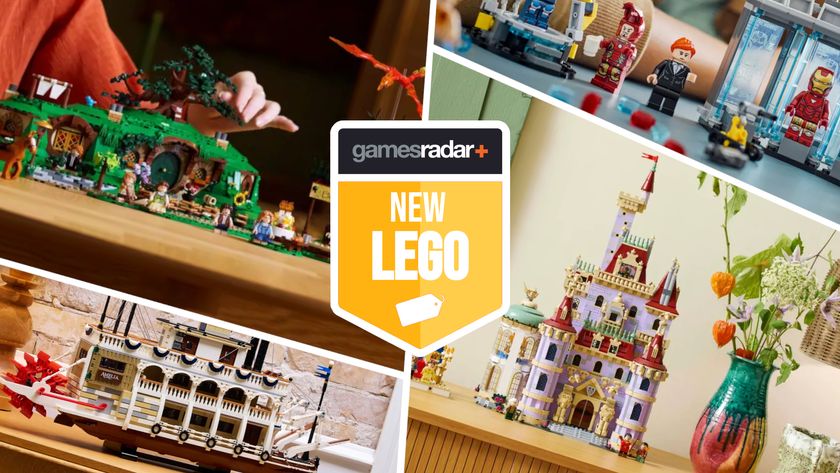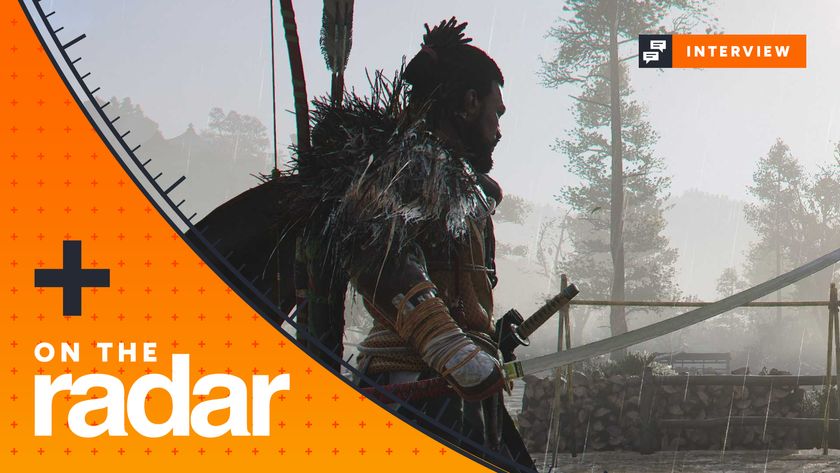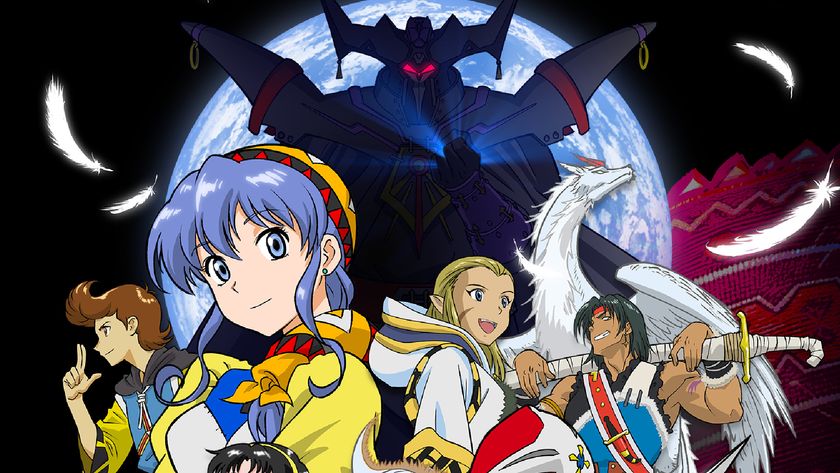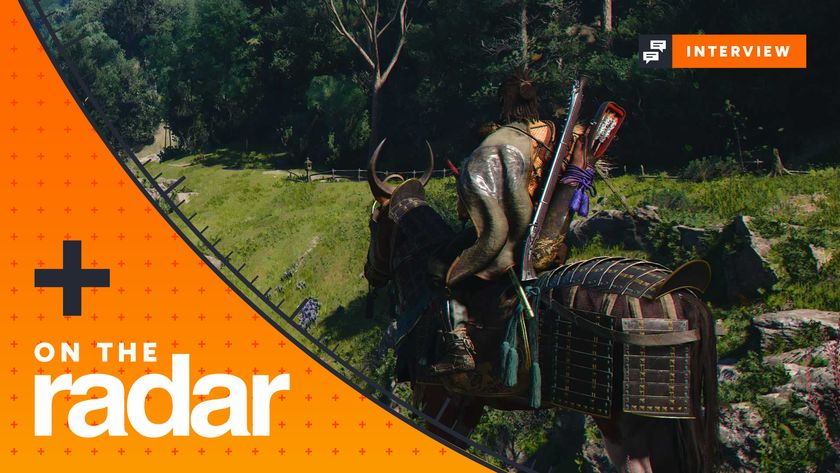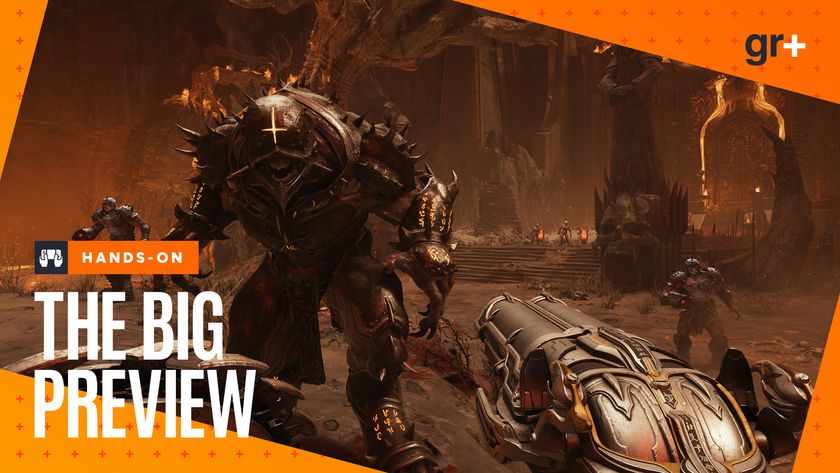How to play RTS games competitively - for newbies
Get good at any RTS and crush your enemies
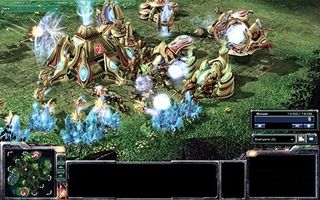
Above: StarCraft II is here, and it’s the perfect time to jump into the competition with the most newbie-friendly ladder system yet
This guide is designed for the traditional RTS where you make workers, gather resources, and build a base. Still, many of the categories covered can help with less traditional RTS games. This is all stuff you can learn from practice – you don’t need 400 APM (Actions Per Minute), since many of us aren’t physically capable of it – but you will need to commit to getting faster than you are.
Remember, the best way to improve is to not try to do all of these things at once. In fact, what you should do is take each area I cover and attempt to only improve that one area at a time. Play some games where that is the only thing you are attempting to get right. Let everything other than that one aspect fall to the wayside. Once you’ve built that aspect up to where it’s a part of your automatic unconscious, move to the next section and focus on that. Later on, when you feel you’ve gotten pretty decent at all elements of play, go back and look at where you are weakest and then spend some time greasing that rusty part of the machine.
The following sections are in the order I believe you should follow while training.
RTSes, on their face, appear to be relaxing, leisurely games. They are not. If you absolutely want to be relaxed, you can still use other parts of this guide to enrich your enjoyment, but don’t expect to win against anyone but the lowest-level players. All RTSes are about speed, first and foremost. This does not mean that they are mindless clickfests. You need fast fingers and a fast mind – but speed of thought is most important, because anyone can randomly click super fast – your brain makes those actions meaningful.
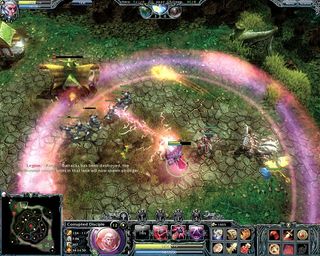
Above: Even in games like Heroes of Newerth, which lacks traditional base building and resources, speed is critical. Fast clicks and fast thinking allow you to perform precise maneuvers and perfectly-timed sniping with spells
In every RTS, time is the most valuable resource. Before you even think about gold, or minerals, or lumber, start thinking about time as a resource you’re continuously losing. Every instant you’re not doing something you’re digging further into a hole. If your opponent is faster than you, he’s higher up in the hole. It doesn’t matter how clever you are, or how carefully your base defenses or army composition are if you’re slower than your opponent. Again, this doesn’t mean that speed trumps intelligence in RTS games. What it means is that speed is the foundation, the backbone of competitive play. All the good players are fast, and then they are smartly applying strategies and tactics at blinding speed. As an analogy, think of a fighting game. It doesn’t matter if you know the perfect time to use a fireball – if you can’t successfully perform the fireball, your tactics are futile.
Sign up to the 12DOVE Newsletter
Weekly digests, tales from the communities you love, and more
Let’s take another example, from an RTS: building placement. If you’ve ever watched a pro playing an RTS, you may have noticed that his buildings are placed in a specific way – for instance, he may use houses to block off the entrance to his base. What you may not know is that he doesn’t spend seconds moving the little foundation of the house to get it just right – he places each house in a quarter of a second based upon memorization and reflexes. He knows where it’s going beforehand. The importance of this detail is that, because speed is your most valuable resource, you can’t afford to spend two seconds deciding where to place a building – it’s better to place it imperfectly right away than to wait and do nothing, because remember: you’re digging into that hole while you’re deciding. Building placement is important, but first and foremost, if you’re going to teach your brain how to play RTS competitively, you need to think “Do it fast before doing it correctly.” Doing it correctly comes later, once you’ve trained up your speed and it’s something you don’t have to focus on.
Above: You don’t have to be THIS fast. These guys are among the fastest in the world, so don’t expect to ever be this fast. It does, however give you an idea of how fast an RTS can be
The first foundation of becoming faster is to learn hotkeys. Don’t worry about memorizing every single hotkey at first – it’s unnecessary and boring. The essential two hotkeys to first learn are: selecting your command center (or town hall – we’ll use command center as generic for your main building) and building a worker. Some games have a specific hotkey for selecting your command center, while others allow you to add it to a control group. Control groups are the next thing you need to learn – most RTSes enact them as follows: select your chosen units or buildings, then hit ctrl + # (the # denoting whatever number you want to assign the group to). Then, just hitting the number later on will select that group no matter where it is, and double-tapping that number will jump your camera to it. So you’ll want to get used to assigning your command center to an easily accessible number (I use 4), and get used to hitting that key regularly and then hitting the “build worker” hotkey. This is important because you need to…
We’re going to emphasize this as Tyler Durden would: Always be building workers. Always be building workers. This should be your mantra before attempting anything else in this guide. Note that speed is a component of this, because in order for you to always be building workers, you need to be fast in everything you do so that your command center is never idle. Never. If you can’t get anything else perfect in this guide, get this one thing perfect. It will make the most difference in your game. Let’s take a second to look at why this is.
Workers gather resources, which is obvious. What may not be obvious is that the longer a worker gathers resources, the more valuable it becomes. Think of the investment: let’s say a worker in StarCraft costs 50 minerals. If you build this worker late in the game, it will gather 1000 minerals before the game is decided. If you built that worker as your first worker, it will gather 5000 minerals, for the same cost of 50 minerals. So the earlier every single worker is built, the more valuable it is, which means every moment that your command center isn’t building workers is a moment where those potential gathered resources are lost.
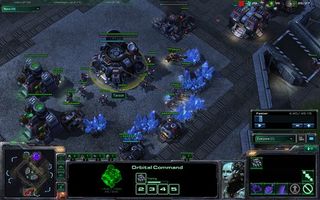
Above: See how the command center has a worker training inside it. You should ALWAYS see this
The only time you should stop building workers is when you’ve reached the maximum efficiency level – for instance, in StarCraft II, putting more than three workers on a resource patch is a waste, so once every resource patch in your base is manned by three workers, you can stop building them. If you’re unsure, watch a replay of a pro player and see how many workers he builds before stopping. Still, if you’re going to make an error, it’s way better to build too many worker than not enough. So remember: Always be building workers.


